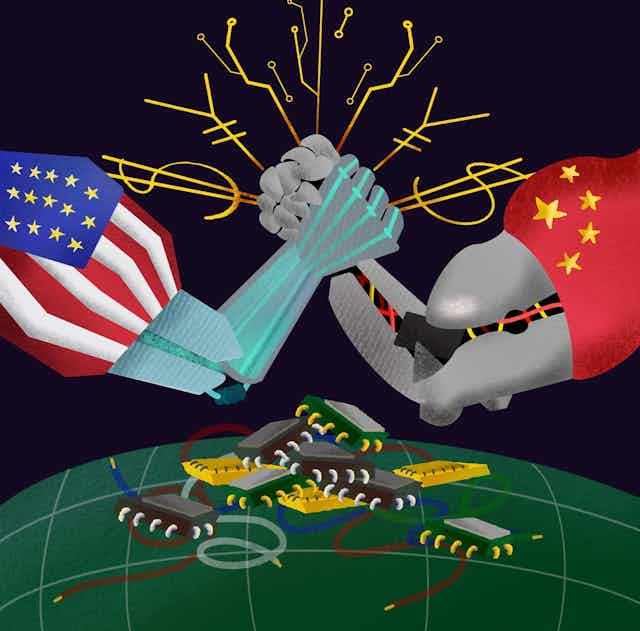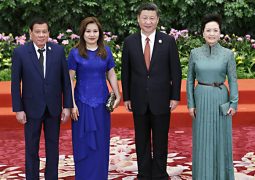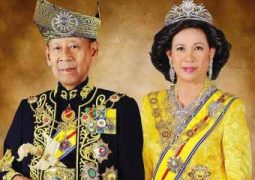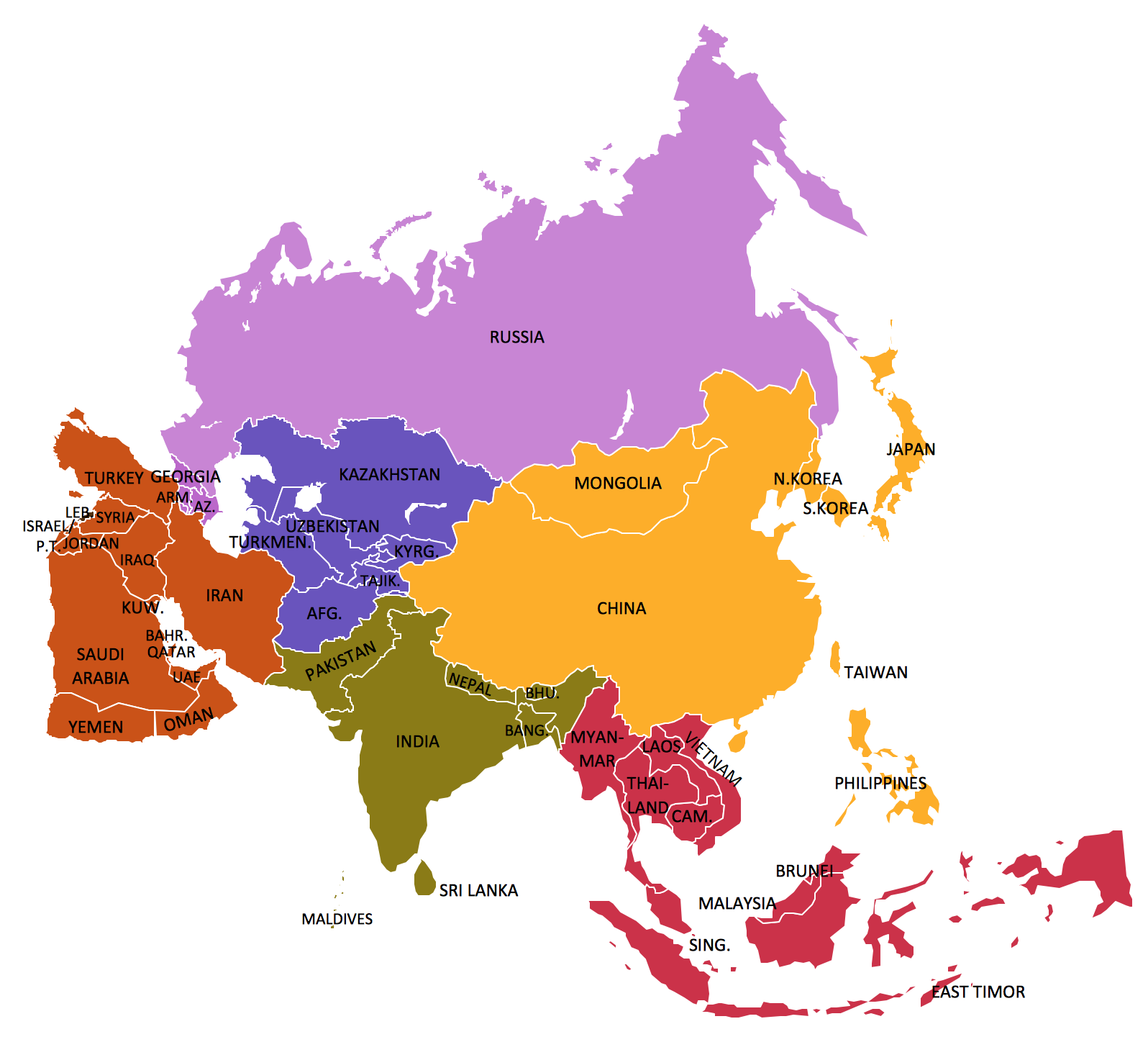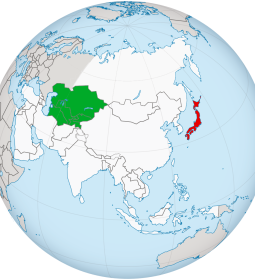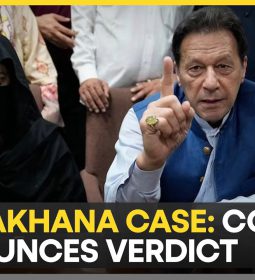New world-wide cold war and arm-race burn in full speed at the moment: Stockholm Instititute


Nuclear-armed nations are expanding their arsenals and abandoning arms control agreements, marking a dangerous shift that ends decades of post-Cold War disarmament progress, a leading think tank warned Monday.
Of the total global inventory of an estimated 12,241 warheads in January 2025, about 9,614 were in military stockpiles for potential use, the Stockholm International Peace Research Institute said in its yearbook, an annual inventory of the world’s most dangerous weapons.
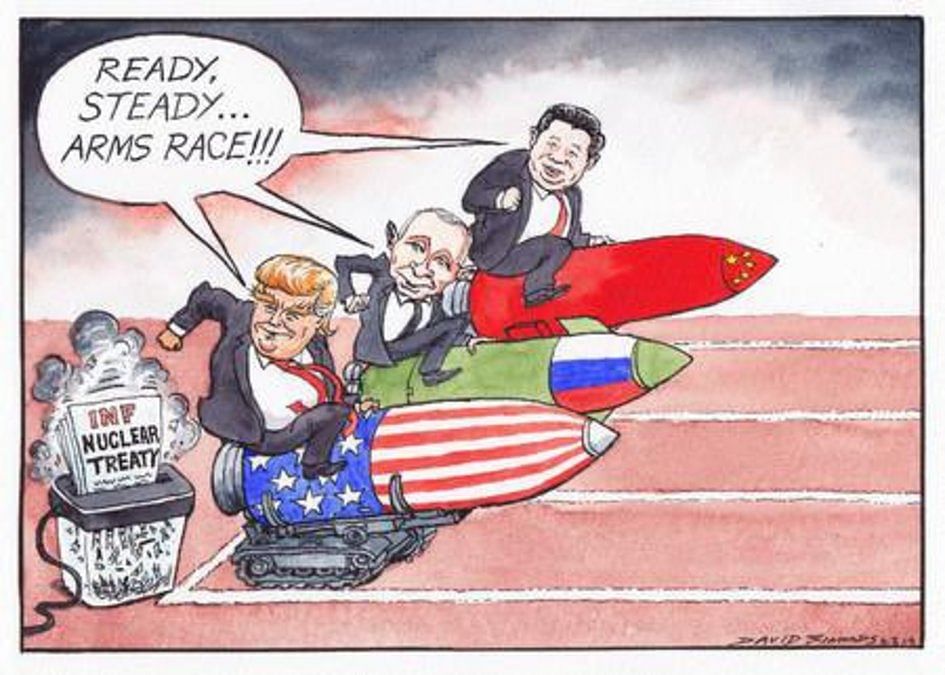
Around 2,100 of the deployed warheads were kept in a state of high operational alert on ballistic missiles, nearly all belonging to either the U.S. or Russia.
SIPRI said global tensions had seen the nine nuclear states – the United States, Russia, the United Kingdom, France, China, India, Pakistan, North Korea and Israel – plan to increase their stockpiles.

“The era of reductions in the number of nuclear weapons in the world, which had lasted since the end of the Cold War, is coming to an end,” SIPRI said.
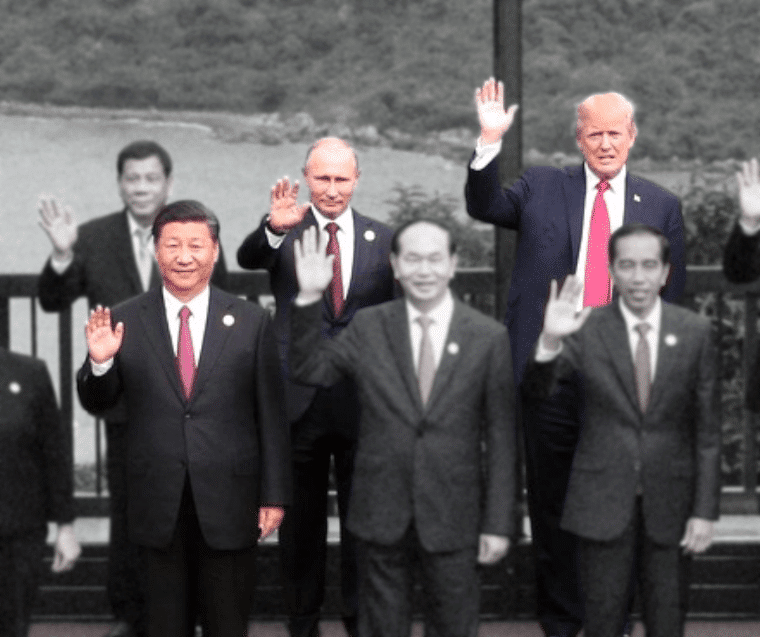
“Instead, we see a clear trend of growing nuclear arsenals, sharpened nuclear rhetoric and the abandonment of arms control agreements.”
SIPRI said Russia and the U.S., which together possess around 90% of all nuclear weapons, had kept the sizes of their respective usable warheads relatively stable in 2024. But both were implementing extensive modernization programmes that could increase the size of their arsenals in the future.

The fastest-growing arsenal is China’s, with Beijing adding about 100 new warheads per year since 2023. China could potentially have at least as many intercontinental ballistic missiles as either Russia or the U.S. by the turn of the decade.
According to the estimates, Russia and the U.S. held around 5,459 and 5,177 nuclear warheads, respectively, while China had around 600.
- Previous Arabs play chicken hawk playbook in Iran-Israel war
- Next Just a threat or else: Shiraz to be Hiroshima, Qum will be Nagasaki: US Ambassador to Israel: Trump is facing “Truman”‘s choise



